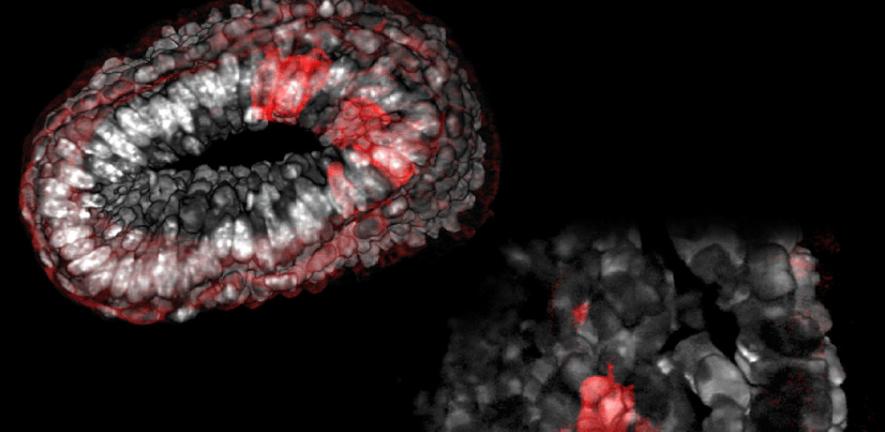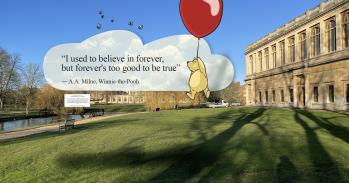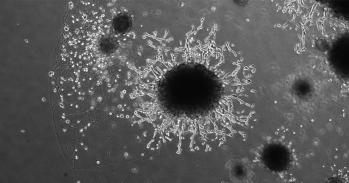
How do cells become equipped to generate a whole new organism?
How do cells become equipped to generate a whole new organism?
Our understanding of these processes has now reached such a level that it is possible to make germ cells directly from pluripotent embryonic stem cells.
A fertilised egg is potentially immortal since it develops into a new organism that, in turn, can give rise to an endless series of generations. The precursors of sperm and eggs, known as germ cells, provide this enduring link between generations because they transmit the parents’ genetic information to the offspring. Precisely how these cells become equipped to reproduce a new organism – and the remarkable erasing and reprogramming steps that happen during this process – is being studied by Professor Azim Surani’s research group in the Wellcome Trust/Cancer Research UK Gurdon Institute, with funding from the Wellcome Trust and the Biotechnology and Biological Sciences Research Council (BBSRC).
Backing-up the blueprint
Even as the embryo implants in the lining of the womb during pregnancy, a founding population of germ cells is already being set aside within the embryo for the next generation. It’s very important that these cells maintain the ability to form every cell type within the organism – an attribute known as pluripotency and one that is quickly lost from those cells that develop into the rest of the body (skin, neurones, muscle and so on). Studies in Professor Surani’s group have discovered that these primordial germ cells develop in response to a ‘master regulator’ of germ cell fate called Blimp1. This initiates a special germ cell programme that at the same time represses all the other potential cell fates in these cells, leaving intact the blueprint for creating any cell in the body.
Wiping the disc clean
After Blimp1 has halted the march towards development into body cells, the germ cells then proliferate and migrate into fetal gonads, which develop independently at another site in the embryo to form either testes or ovaries. Here, one of the most extraordinary of events occurs that is rather like wiping a hard disc clean and then reloading it with either a maternal or a paternal operating system.
The critical ‘re-setting’ event wipes out all the pre-existing information and ‘imprints’ that are normally associated with the genetic blueprint that carries the instructions necessary to form the whole organism. This associated information, known as epigenetic modification, is usually required to interpret the genetic information appropriately so that the right genes are selected for expression at the right time during critical cell fate decisions. The modifications are ‘imprinted’ and heritable, to denote their maternal or paternal origin.
What the researchers at the Gurdon Institute have discovered is precisely how the erasure process wipes out all the pre-existing epigenetic information and imprints. This leaves the genetic information intact in preparation for new instructions and imprints to be laid down on top of the genetic information – a process that occurs during development of the eggs and sperm in the growing fetus.
How to make eggs and sperm
Our understanding of these processes has now reached such a level that it is possible to make germ cells directly from pluripotent embryonic stem cells, or even from body cells such as skin cells. This naturally raises the prospect that sperm and eggs could be developed directly from body cells in a culture dish. Such innovations might provide new opportunities for applications in reproductive medicine, including exploration of the basis for certain forms of infertility or the underlying causes of cancers such as testicular tumours. But they also raise important ethical issues that will need to be addressed hand-in-hand with progress in the field.
For more information, please contact the author Professor Azim Surani (a.surani@gurdon.cam.ac.uk) at the Wellcome Trust/Cancer Research UK Gurdon Institute. This research was published in Nature (2008) 452, 877–881 and (2005) 436, 207–213.
This work is licensed under a Creative Commons Licence. If you use this content on your site please link back to this page.





